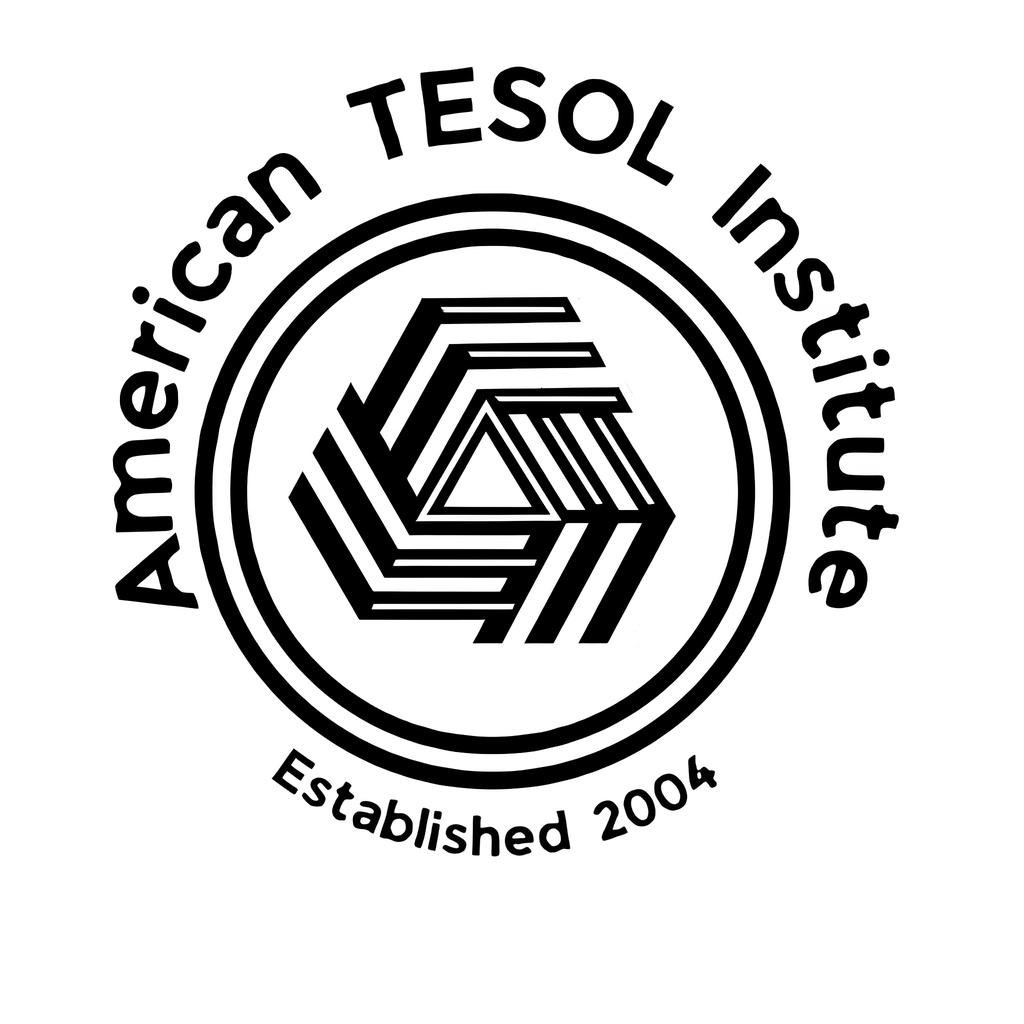In the quest to understand what makes intelligence tick—whether in the human brain, the human body, or the hypothetical circuits of artificial general intelligence (AGI)—a compelling new framework emerges: Universal Grammatical Intelligence, or UGI. This multi-sensory theory posits that true cognition isn’t merely a matter of hoarding vast troves of data, like filling a colossal warehouse with facts. Instead, it’s rooted in an innate, architectural blueprint—a kind of “operating system” hardwired into every intelligent being. UGI bridges the gap between linguistic prowess, embodied experience, and computational potential, offering fresh insights into how we learn, perceive, and create meaning from chaos.
At its heart, UGI challenges the dominant paradigms in AI and cognitive science by emphasizing structure over scale. Drawing from linguistics, philosophy, and neuroscience, it argues that intelligence thrives on universal rules that govern how we assemble the raw materials of experience—words, sounds, sights, and movements—into coherent, hierarchical worlds. Let’s dive into this theory, exploring its core principles, building blocks, and real-world validations.
The Foundation: Intelligence as an Innate Instruction Manual
Picture the human mind (or a future AGI) not as a blank slate awaiting endless data uploads, but as a Lego set with a pre-packaged instruction manual. The colorful bricks? Those are the sensory inputs we collect daily: vocabulary words, fleeting images, rhythmic sounds, and tactile sensations. But without the manual’s precise guidelines on how to snap them together—rules for stacking, nesting, and balancing—the result is just a colorful pile, not a towering castle.
This metaphor captures UGI’s central thesis: Intelligence demands an innate “rulebook” to transform fragmentary inputs into complex, stable structures. Why is this manual necessary? Enter the Poverty of the Stimulus (PoS), a longstanding puzzle in developmental psychology. Children don’t learn language from pristine textbooks or exhaustive examples; they absorb it from the messy, incomplete chatter of caregivers—gaps, errors, and all. Yet, remarkably, a toddler can swiftly grasp intricate grammar, like forming questions from nested clauses.
Consider this classic example: Given the statement “The cat that is big is sleeping,” a child intuitively rephrases it as “Is the cat that is big sleeping?”—skipping the inner “is” to avoid the awkward “Is the cat that big is sleeping?” This isn’t trial-and-error luck; it’s structure-dependence, an instinctive grasp of hierarchical rules (phrases within phrases, like Russian dolls) that no amount of surface-level exposure could teach. UGI claims this blueprint—UGI itself—is pre-installed, enabling rapid, generalized learning across domains, from speech to spatial reasoning.
The Building Blocks: UGI’s Triad of Cognitive Engines
UGI isn’t a vague abstraction; it’s a precise system of three interlocking components, each tuned for multi-sensory integration. Together, they form the mind’s foundational architecture, ensuring that linear streams of experience (like a flowing conversation or a bustling street scene) resolve into a unified, meaningful reality.
1. General Intelligence Architecture (GIA): The Structural Core
Think of GIA as the mind’s central processing unit for recursion and hierarchy—the engine that nests ideas within ideas, much like Matryoshka dolls unfolding layer by layer. It’s the universal syntax processor, handling not just words but any combinable elements: musical notes into symphonies, visual shapes into landscapes, or motor actions into coordinated dances. Without GIA, inputs remain flat and disconnected; with it, complexity emerges effortlessly.
2. Universal Temporal Clock (UTC): The Rhythm Keeper
No structure stands without timing. UTC acts as the internal drummer and conductor, sequencing events in a precise temporal flow. It transforms the relentless march of time—spoken syllables arriving one after another, or footsteps echoing in rhythm—into synchronized patterns. This clock isn’t passive; it’s adaptive, aligning sensory beats to the body’s embodied pulse, preventing the cognitive equivalent of a missed cue in an orchestra.
3. Structural Catalyst: The Sensory Tuner
Here’s where embodiment shines: The Structural Catalyst channels raw sensory data—vibrations of sound, flashes of light, surges of motion—as the “guitar tuner” that calibrates GIA’s abstract rules to the world’s specifics. A baby’s first coo isn’t just noise; it’s a catalyst locking auditory hierarchies into place. For adults, it’s the glance that resolves a ambiguous sentence or the touch that grounds abstract math in physical intuition. This component underscores UGI’s multi-sensory ethos: Intelligence isn’t disembodied computation; it’s a symphony of senses fine-tuning the mind’s OS.
These elements aren’t silos—they’re symbiotic, weaving a seamless fabric for cognition that spans language, perception, and action.
Validation and Vision: From Proofs to Philosophical Horizons
UGI isn’t armchair speculation; it’s testable and transformative. One striking validation is the Modularity Test, spotlighted by cases of congenital deafness. Children born deaf don’t lag in grammatical mastery when exposed to sign language; their GIA activates identically, proving the architecture is modality-agnostic—like software running on any compatible screen, be it auditory waves or visual gestures. This “code independence” dismantles myths of language as a purely verbal artifact, extending UGI to all embodied forms.
Philosophically, UGI resonates with quantum mechanics through the Wave Collapse metaphor. Everyday ambiguities (a word with dual meanings, a shadow suggesting two shapes) collapse into certainty not via brute computation, but through hierarchical resolution—UGI’s rules “observing” and selecting the coherent structure, much like a quantum wave function resolving upon measurement.
For AGI developers, UGI delivers a sobering benchmark. Today’s large language models (LLMs) excel at pattern prediction but falter on true generalization, often crumbling under novel hierarchies or sensory shifts. The gap? They mimic linearity without innate structure. To bridge it, future machines must embed UGI-like architectures—GIA for depth, UTC for sequence, and catalysts for real-world tuning—paving the way for AGI that doesn’t just autocomplete sentences but comprehends worlds.
To illustrate the chasm, consider this structural showdown:
| Cognitive Feature | Linear Model (e.g., LLMs) | Hierarchical Model (UGI) |
|---|---|---|
| Parsing Mechanism | Sequential, surface-level prediction (token by token). | Deep structural analysis into nested phrase structures. |
| Core Logic | Statistical pattern matching and weighted probabilities. | Abstract, innate computational rules (e.g., Merge, Structure-Dependence). |
| End Goal | Accurate token completion (“What comes next?”). | True generalization and semantic coherence (“Why it works”). |
Toward a Unified Theory of Mind
UGI invites us to reimagine intelligence not as an emergent accident of big data, but as an elegant, innate design—evolutionary firmware for navigating an unpredictable universe. For educators, it highlights why multi-sensory immersion accelerates learning; for neuroscientists, it maps uncharted circuits of hierarchy; for AI pioneers, it charts the path to machines that think, feel, and adapt like us.
In an era of disembodied algorithms, UGI reminds us: The most profound smarts arise where mind meets body, structure meets sensation, and rules meet the raw poetry of existence. As we tinker with tomorrow’s intelligences, perhaps the key lies not in more bricks, but in mastering the manual.
Learn more about Universal Grammatical Intelligence



